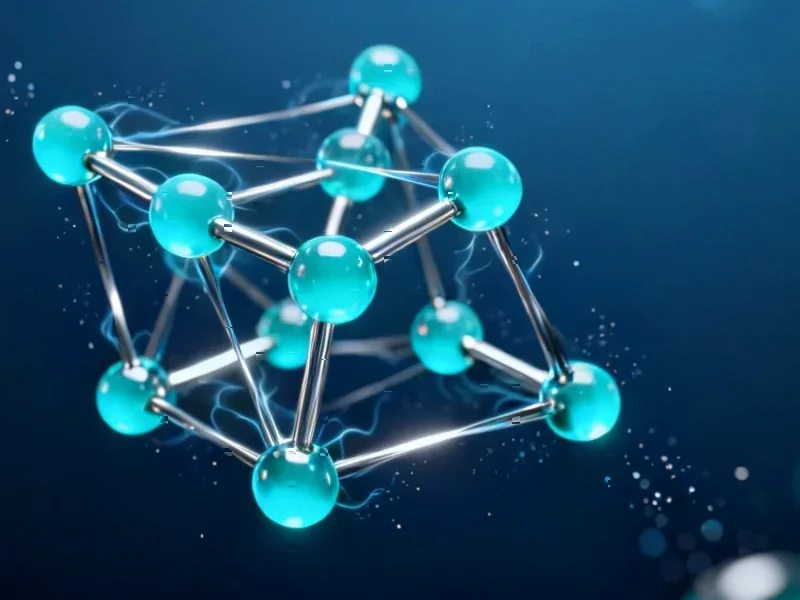Electron Irradiation Study Narrows Theories on Nickelate Superconductivity
Researchers have taken an unconventional approach to understanding nickelate superconductors by deliberately introducing atomic defects using high-energy electron irradiation. The systematic study, published in Physical Review Letters, helps eliminate competing theories about how superconductivity emerges in these promising materials. This counterintuitive method of damaging high-quality samples provides crucial insights into the fundamental mechanisms driving superconductivity in nickelates.
A Backward Approach to Forward Progress
In a surprising twist, an international research collaboration has made significant headway in understanding superconducting nickelates by systematically damaging some of the best available samples. According to recently published research, scientists from MPI-CPfS teamed up with Stanford University and Ecole Polytechnique to bombard superconducting nickelate thin films with extremely high-energy electrons, deliberately introducing atomic-scale defects.

